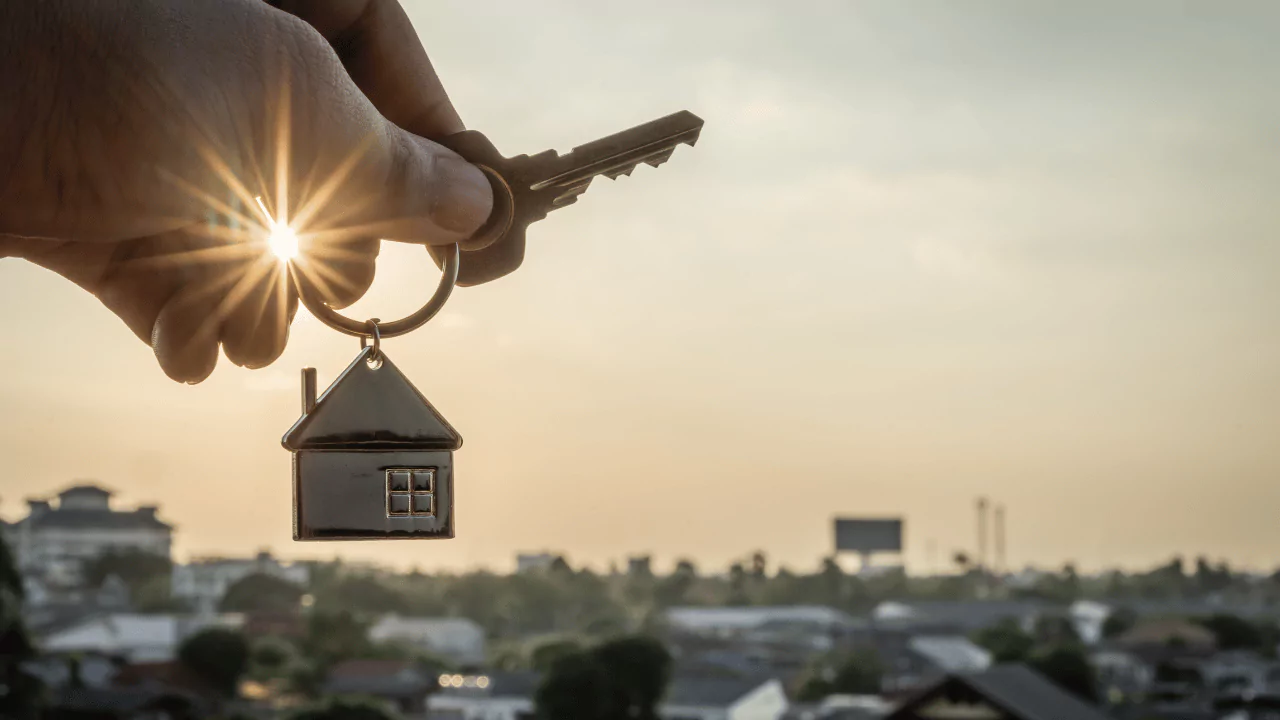Older mobile homes can be difficult to insure. Their age, construction materials and location often make insurers hesitant to provide coverage. However, there are still options for getting the insurance you need. This article will explore the challenges of insuring older mobile homes and provide tips to help you find and compare policies.
Challenges of Insuring Older Mobile Homes
Insuring older mobile homes presents some unique challenges compared to site-built homes. Here are two of the biggest issues you may encounter:
Difficulty Obtaining Coverage
Many insurance companies are reluctant to insure mobile homes more than 20-30 years old. They view the older construction materials and lack of modern safety features as making these homes at higher risk. As a result, it can be tough finding an insurer willing to provide coverage once a mobile home reaches a certain age.
Insurance Companies That Specialize in Older Mobile Homes
Because of the difficulties, there are insurance companies that specialize in providing coverage specifically for older mobile homes. These specialty insurers are more familiar with risks associated with older mobile homes. They are open to providing policies other mainstream insurers would deny.
Tips for Getting Insurance on an Older Mobile Home
Despite the challenges, there are still ways to get the insurance coverage you need for an older mobile home. Here are some tips:
- Compare rates from top insurance companies. Get quotes from national insurers as well as companies specializing in mobile homes. Compare coverage options and pricing.
- Consider specialty insurance companies. Insurers specializing in mobile homes are most likely to provide policies for older homes. Be sure to get quotes from them.
- Determine the age of your mobile home. The exact age, rather than estimating, will help agents assess risk and match you with the appropriate coverage. Provide proof of age if required.
What Does Mobile Home Insurance Cover for Older Homes?
Mobile home insurance policies can provide protection similar to traditional homeowners insurance. Key coverages to consider for older mobile homes include:
Dwelling Coverage
This covers damage to the physical structure of the mobile home itself. It is protection against perils like fire, wind, hail, animals, and vandalism. The amount of dwelling coverage should be sufficient to reconstruct the home in the event of a total loss.
Personal Property Coverage
This provides coverage for your possessions inside the home. The policy pays to repair or replace belongings if damaged, destroyed, or stolen. Common limits are 50-70% of the dwelling coverage amount.
Liability Coverage
Liability insurance covers injuries or property damage you are legally responsible for. It protects you if someone is injured on your property and sues you. Liability limits of $100,000-$300,000 are common. Higher limits are advisable if possible.
In summary, getting insurance for older mobile homes requires some persistence and searching for the right insurer. Specialty companies, comparing multiple quotes, and understanding key coverages are strategies to secure an affordable policy. With preparation and diligence, you can get the protection you need.
Why Insurance for Older Mobile Homes Is Tricky?
Insurance for older mobile homes can be tricky for a few key reasons:
- Older construction materials – Mobile homes built decades ago often used less durable materials that deteriorate over time, raising the risk of damage. Materials like aluminum wiring and galvanized plumbing are concerns for insurers.
- Lack of modern safety features – Older mobile homes lack more recent safety advancements like smoke detectors, fire-resistant materials, and anchoring systems. This also increases insurers’ risk assessment.
- Higher vulnerability to natural disasters – Mobile homes are more susceptible to wind and water damage from storms. Older mobile homes are less likely to be properly anchored and may not withstand high winds.
- Difficulty assessing true condition – It’s hard for insurers to accurately gauge the condition of an older home without an in-depth inspection. Unknown pre-existing wear or damage is a gamble for insurance companies.
- Rapid depreciation – Mobile homes depreciate faster than site-built homes and older mobile homes have already greatly depreciated. This makes potential repair costs higher relative to the actual cash value.
- Limited replacement parts – Finding replacement materials and parts for older model mobile homes can be difficult or impossible. This makes repairs more expensive.
The bottom line is that the materials, vulnerability, and uncertainty surrounding older mobile homes make insurers hesitant to take on the increased risks except through specialty insurers. Being aware of these tricky factors can help owners navigate the process.





